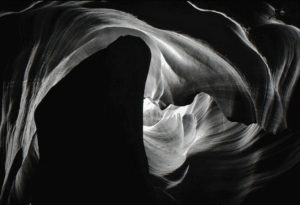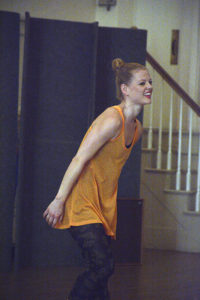The San Francisco Symphony, led by Michael Tilson Thomas, presented a brilliant, diverse program, March 17, 2018, at Davies Symphony Hall. Given the title, “American Optimism,” the program offered the works of three very different composers: Charles Wuorinen’s world premiere, Sudden Changes, Sergei Prokofiev’s Concerto No. 3 in C Major for Piano and Orchestra, Op. 26, and Aaron Copland’s Third Symphony. Wuorinen and Copland are both American composers. Prokofiev’s Concerto was premiered in Chicago with Prokofiev as the soloist.
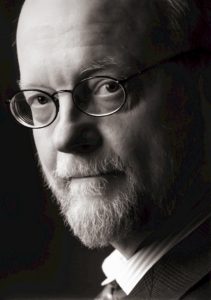 Charles Wuorinen ( New York, 1938–)
Charles Wuorinen ( New York, 1938–)
Sudden Changes, Short Fantasy for Orchestra (2017), Charles Wuorinen’s premiere commissioned by the SF Symphony and Michael Tilson Thomas, was a serious delight. It was serious as Wuorinen’s music is always serious: complex, varied, intellectually and musically challenging. It was a delight in its sprightly temperament, witty changes of rhythm and mood, and the way his music rewards one’s close attention. This listener especially appreciated the rhythmic changes: a break into jazzy sounds, a walking rhythm. There was also surprising and welcome lyricism. Wuorinen was Composer in Residence for the SFS, 1985-1989. He also directed the programs of New and Unusual Music, the SFS’s forum for contemporary music. He received a Pulitzer Prize in Music and a MacArthur Foundation Fellowship. His work in multiple forms–chamber music, opera, ballet, orchestral works–is performed worldwide. Michael Tilson Thomas, introducing Sudden Changes, reminded the audience of the composer’s deep ties to SFS. The Maestro lowered his voice when he mentioned that Wuorinen explores “new dimensions” of (whisper) twelve tone writing. Michael Tilson Thomas knew that news could be scary. However, everyone in the fully packed hall stayed put and heard something fresh and engaging.
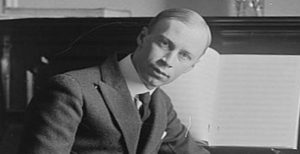 Sergei Prokofiev (Russia, 1891-1953)
Sergei Prokofiev (Russia, 1891-1953)
Prokofiev, while vacationing on the Brittany coast of France, 1921, wrote his Piano Concerto No. 3 (Easter break is coming; what are you going to do?). It is the most popular and critically acclaimed of his five piano concerti. It combines great musical variety with steel trap focus and unity. Prokofiev’s gifts as a pianist must have matched his genius as a composer; the soloist’s part is absolutely stunning. Pianist Behzod Abduraimov’s performance was astonishing. He has virtuoso, knock your socks off skills but also embodies profound understanding and connection to the music. One characteristic of this concerto is the balance between piano and orchestra. The orchestra is an equal player in what Prokofiev referred to as an “argument.” The first movement, Andante-Allegro, opens with a clarinet solo in lyrical melody. The orchestra joins in and then, almost as a surprise, the piano enters with energy and elan.
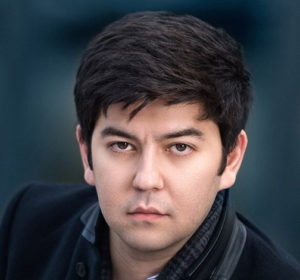 Behzod Abduraimov ( Uzbekistan, 1990–)
Behzod Abduraimov ( Uzbekistan, 1990–)
The dialogue between orchestra and piano begins. A new theme is introduced; the orchestra returns to the clarinet’s theme while the piano projects a variation evoking wisps of memory. The movement ends with the two forces in a dissonant harmony. The middle movement is Theme (Andantino) with five variations. These include one with jazzy syncopation, one with an airy, celestial feeling. At the movement’s end, the partners’ contest has the orchestra playing the original theme in the original rhythm–which is half time of the variation that preceded it– while the soloist plays double time. Bassoons and strings begin the closing movement, Allegro ma non troppo. The piano enters with a contrasting theme. Slow woodwinds are singing. The piano makes an ironic reply. The eye opening, virtuosic Coda seems to explode as the pianist, moving so fast that his hands were a blur, plays “double note arpeggi.” Let’s just say incredibly difficult and incredibly fast. The Concerto ends in fortissimo splendor.
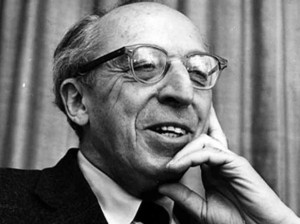 Aaron Copland (New York, 1900 – 1990)
Aaron Copland (New York, 1900 – 1990)
Copland’s Third Symphony (1946) contains the theme of his famous Fanfare for the Common Man. Even now, hearing the trumpets taking their time to announce and salute the Common American Citizen, it makes me sit up straighter and remember being a mid-western child saying the Pledge of Allegiance, late in the 1950s. The Fanfare came about because, in 1942, Eugene Goossens, Conductor of the Cincinnati Symphony, commissioned eighteen composers to write fanfares for brass and percussion. All were prominent composers; most wrote fanfares celebrating a US ally or military unit. Copland stated later that “It was the common man, after all, who was doing all the dirty work in the war and the army. He deserved a fanfare.” Working on the Third Symphony from 1944 to its premiere in 1946, Copland wanted it to have “an affirmative tone…it was a wartime piece–or more accurately, an end-of-war piece–intended to reflect the euphoric spirit of the country at the time.” It does. While it has no specific, recognizable program or narrative, the symphony as a whole is a magical ride from the first movement, Molto moderato, with simple expression, to the fourth, Molto deliberato (Fanfare)–Allegro risoluto. A very deliberate and resolute Allegro. This writer uses the word “magical” which would not have been appropriate in 1946 when so much blood, hard work, and dedication had brought American society to a peak of optimism. Copland is the composer most able to express the essence of America’s best idea of itself and faith that the country could become just that.
Photograph of Charles Wuorinen by Susan Johann courtesy of www.charleswuorinen.com
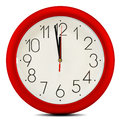
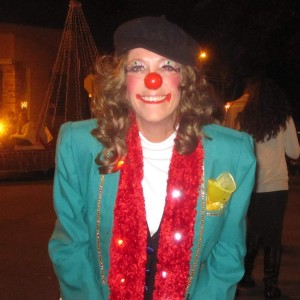 M
M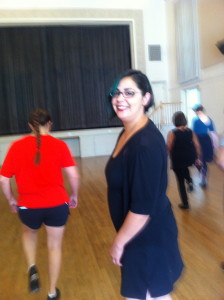
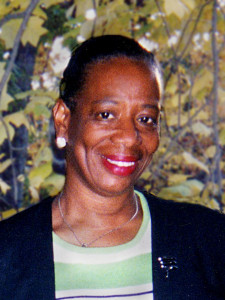 Audreyanne Delgado Covarrubias (left) teaches and performs Tap; Etta Walton (right) teaches and performs Line Dances. Their classes are on Full Day of Dance© Their performances are on the Festival Concert, June 23, 3:00 p.m.
Audreyanne Delgado Covarrubias (left) teaches and performs Tap; Etta Walton (right) teaches and performs Line Dances. Their classes are on Full Day of Dance© Their performances are on the Festival Concert, June 23, 3:00 p.m.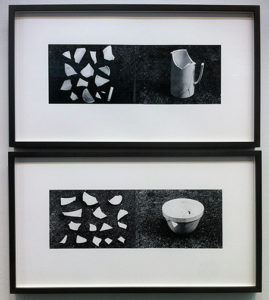
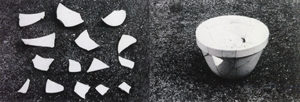 Replacing No. 1, 1975, Amikam Toren
Replacing No. 1, 1975, Amikam Toren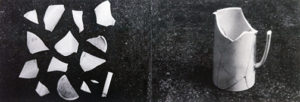
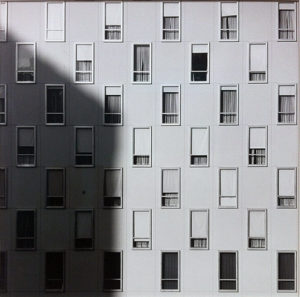 Apartment Windows, Robert Mapplethorpe, 1977.
Apartment Windows, Robert Mapplethorpe, 1977.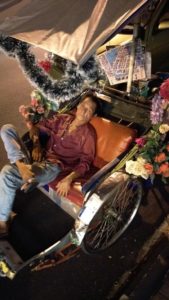 The Native Gaze 0005, by Chang-Ling, 2016
The Native Gaze 0005, by Chang-Ling, 2016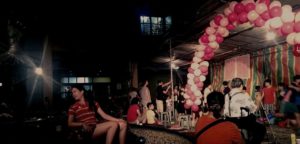 The Native Gaze 0006, by Chang-Ling, 2016
The Native Gaze 0006, by Chang-Ling, 2016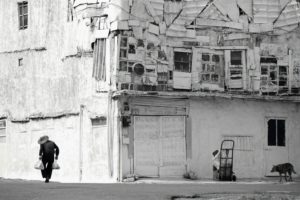 The Old Man and the House He Built, 2014, Wei-ming Yuan
The Old Man and the House He Built, 2014, Wei-ming Yuan